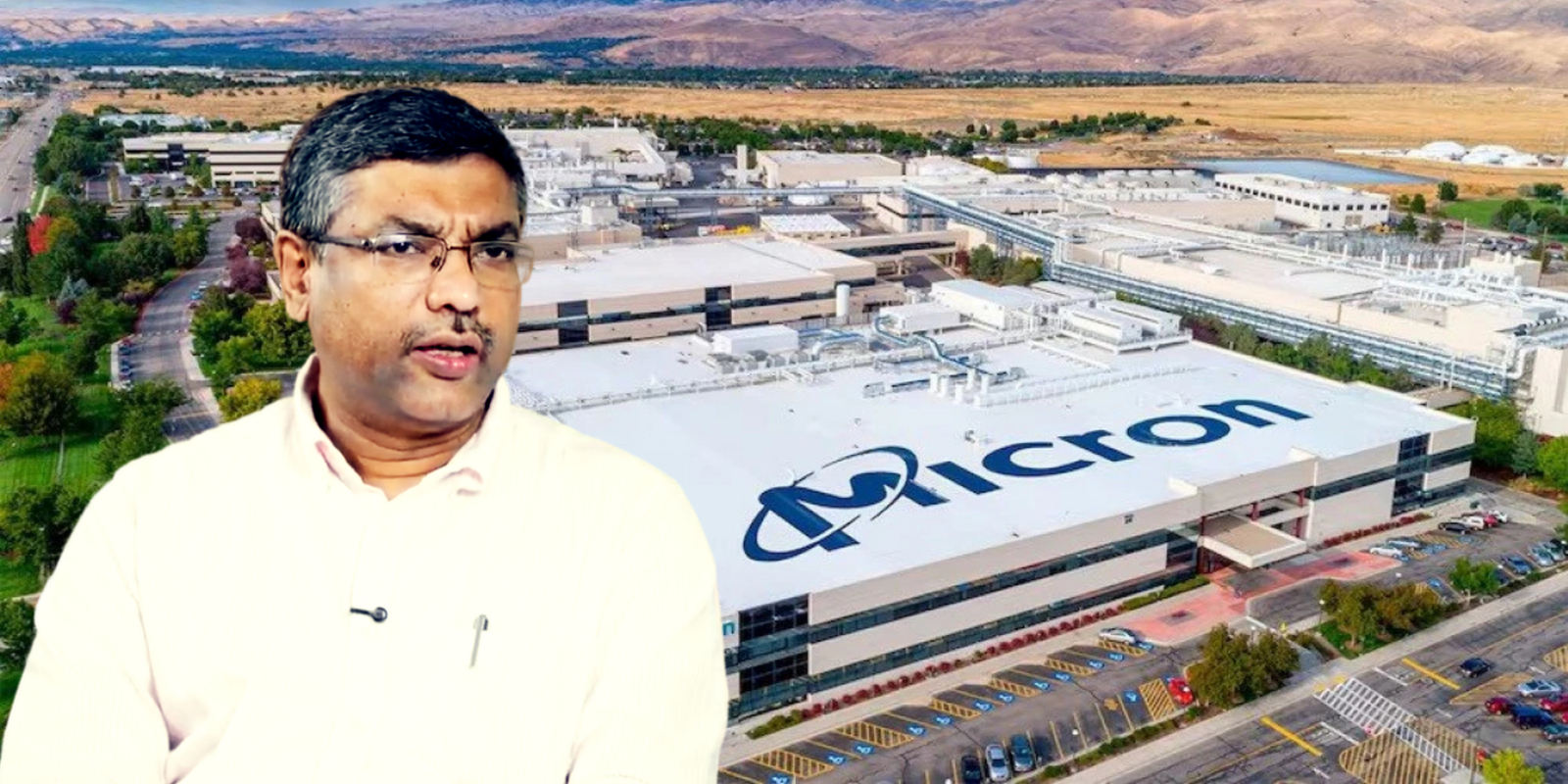M&A advisory for startups and MSMEs: What’s driving activity in 2026


The consolidation imperative
India’s startup landscape has expanded rapidly, with over 1.5 lakh startups officially recognised by DPIIT as of 2024. Yet, the funding winter that began in 2022-23 has only partially thawed. Investors have become more selective, focusing on sector-specific and milestone-driven investments. As a result, consolidation is emerging as a more strategic alternative to large-scale expansions.
Startups, especially in agritech, fintech, and financial services, are facing capital constraints and shorter runways. For them, M&A is no longer optional. It offers a path to stay afloat, expand geographically, acquire capabilities, or plug operational gaps.
Meanwhile, startups that have gone public or are preparing to are actively pursuing inorganic growth by acquiring smaller, EBITDA-positive businesses. For example, Zomato (16+ acquisitions, including Blinkit), Swiggy (acquired Dineout), and Udaan (bought ShopKirana) are making calculated bets on niche segments. Paytm and other IPO-bound startups are exploring similar tuck-in deals to drive cross-sell and growth.
On the MSME side, businesses are using acquisitions to digitise, enter new markets, and stay competitive in a GST-compliant and increasingly formalised economy.
A report by EY (2025) projected a 36% YoY growth in M&A activity involving startups and MSMEs, with deals mostly ranging from $2-10 million, a clear indication that synergy, not size, is driving consolidation.
Capital pressures and exit strategies
Another force propelling M&A, Alternative Investment Funds (AIFs) are facing increased pressure to improve DPI (Distributions to Paid-In capital). Many AIFs, especially Category II funds, are under scrutiny from LPs and regulators due to weak DPI, despite high paper returns.
With IPO markets being selective, investors are pushing for quicker exits through M&A. In 2024, 13 startups raised over Rs 29,000 crore (~$3.4 billion) via IPOs. Yet many remain unlisted and are leveraging M&A for consolidation and partial liquidity.

Build vs Buy: A smarter ecosystem
There’s been a significant mindset shift among founders. Earlier, building in-house was the default. Today, buying underutilised or distressed assets is seen as faster and more strategic. Startups prefer acquiring products with PMF, captive talent, or regional presence instead of building from scratch.
This practical view has sparked SaaS rollups, D2C aggregations, and regional manufacturing consolidations, helping companies scale efficiently.
Sectoral drivers of M&A
M&A activity is most visible in sectors like:
- Agritech: Platforms acquiring regional players in micro-irrigation, agri-logistics, and farm inputs.
- SaaS: Consolidation across HRtech, Martech, Fintech SaaS, and AI/ML to expand product reach.
- D2C: Brands in wellness, personal care, and packaged foods targeted for digital strength.
- Clean energy and climate tech: Deals in EVs, solar EPC, storage, and carbon tech are rising.
- Fintech and financial services: NBFCs with licenses, AUM, and niche focus attracting fintechs.
- B2B commerce platforms: Acquiring D2C brands and launching private labels for margin growth.
- MSMEs: Auto, packaging, textiles consolidating due to compliance and PLI-linked incentives.
Evolving role of M&A advisors
Modern M&A advisory has moved beyond deal sourcing. Advisors now support:
- Target identification and synergy validation
- Post-deal integration, compliance, and cultural fit
- Flexible deal structuring, including equity swaps and earn-outs
- Secondary exits and platform rollups for PE/VC portfolios
Traditional investment banks are taking a backseat in sub-$25-million deals, while boutique consultancies, ex-founders-turned-advisors, and tech-led platforms are leading with sectoral expertise and success-linked models.
Digital and regulatory tailwinds
Macro forces are enabling faster, more transparent deals:
1. Digitised compliance through GSTN, account aggregators, and e-invoicing is reducing diligence friction.
2. RBI co-lending schemes and SIDBI’s capital subsidy initiatives are making credit accessible for MSMEs to explore M&A.
3. SEBI tightening AIF norms is accelerating fund manager timelines to generate real returns via exits.
Changing founder mindset
Until recently, many founders viewed M&A with scepticism, either as failure or predation. In 2026, it’s embraced as a strategic milestone. The traditional “build, grow, exit” narrative has matured into “build, merge, and scale sustainably.”
This change is reinforced by peers who’ve scaled successfully through acquisitions and by investors advocating capital-efficient strategies.
What lies ahead
M&A among startups and MSMEs in 2026 is not a short-term trend. It’s a long-term evolution driven by a mix of market maturity, funding pressures, regulatory readiness, and entrepreneurial pragmatism.
India’s next big wave won’t be shaped by unicorns alone but by thousands of small and mid-sized businesses joining forces to build resilient, competitive enterprises.
And at the centre of this wave will be strategic M&A advice rooted in empathy, execution expertise, and data-backed insights.
Edited by Kanishk Singh
(Disclaimer: The views and opinions expressed in this article are those of the author and do not necessarily reflect the views of YourStory.)
Discover more from News Hub
Subscribe to get the latest posts sent to your email.







